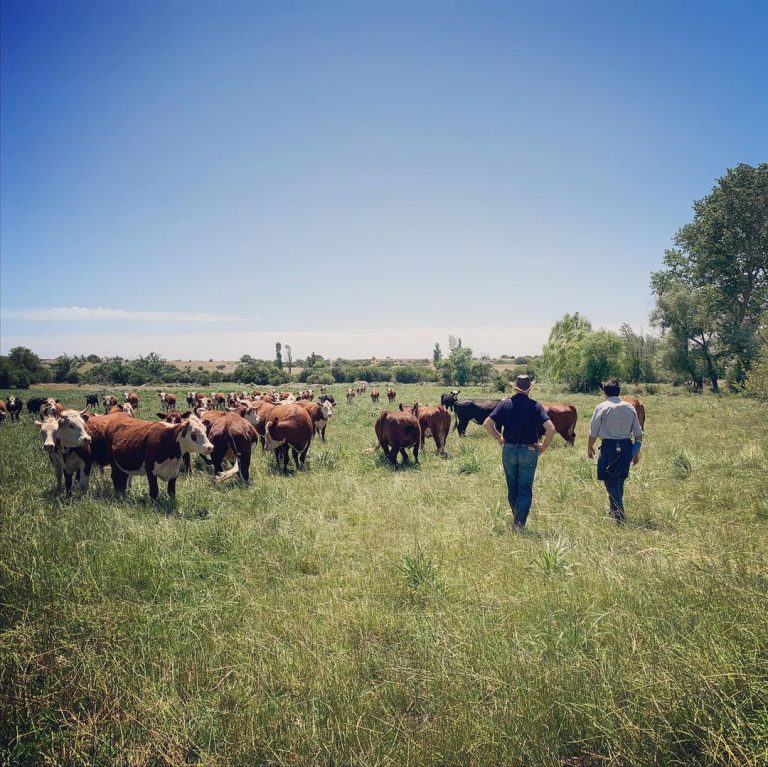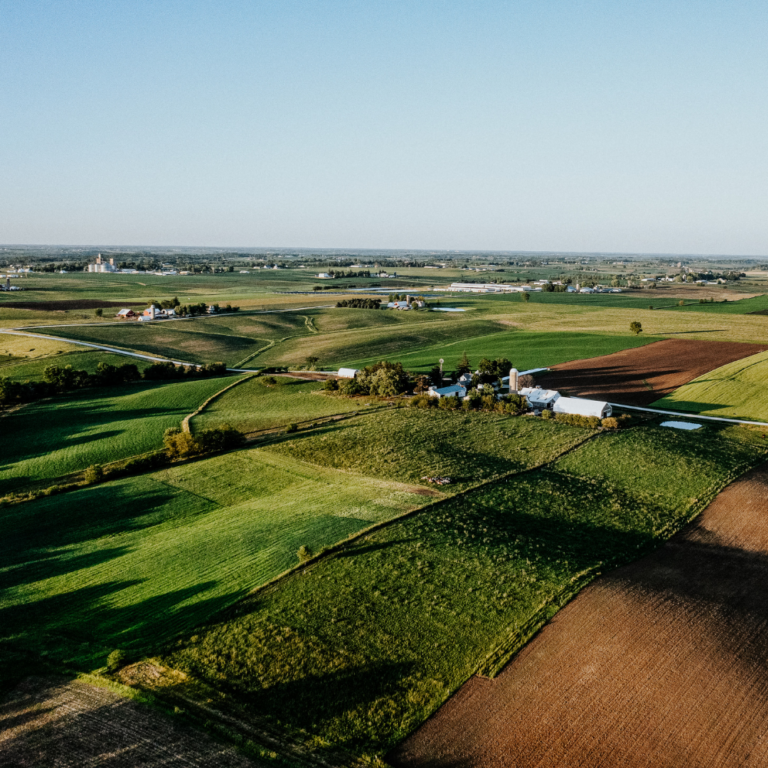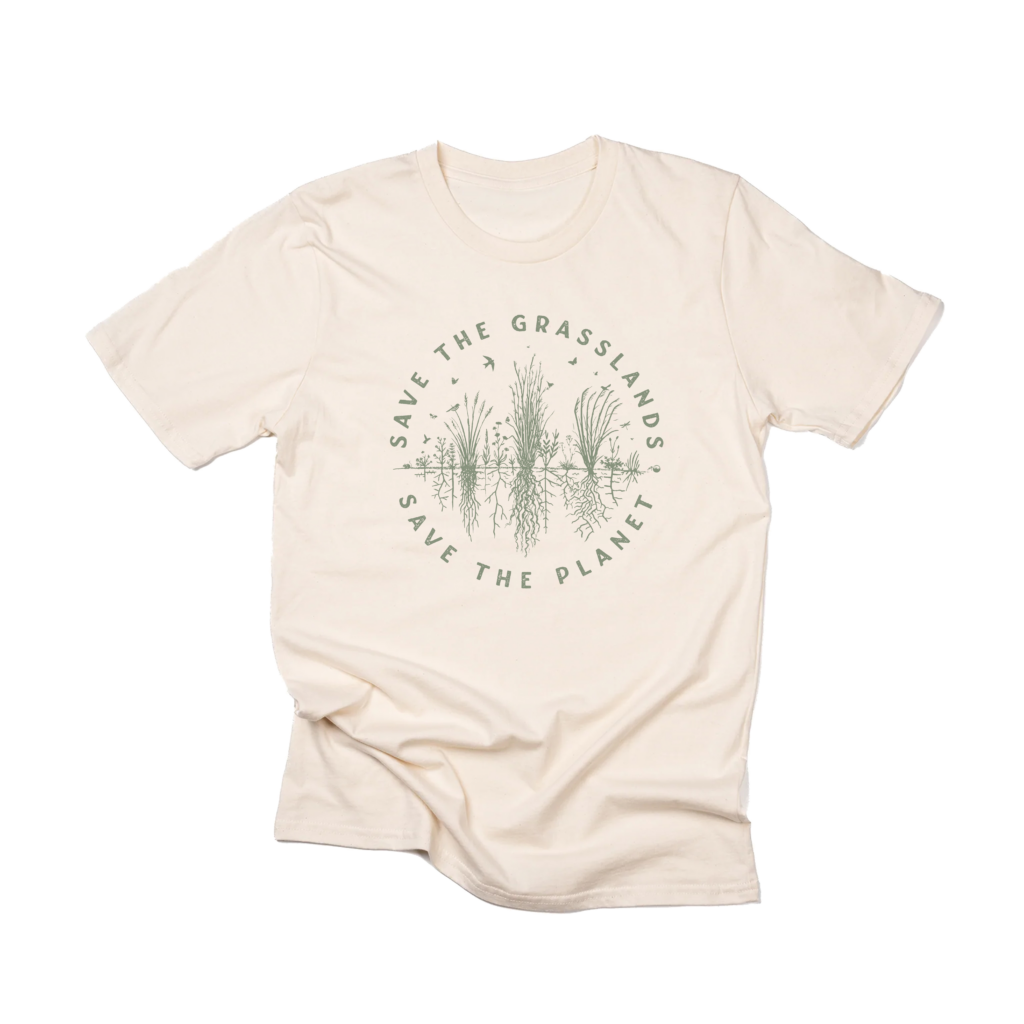The key difference between regenerative agriculture and sustainable agriculture is the intention to regenerate, or renew, the productivity and growth potential of whatever is being regenerated.
Sustainable practices, by definition, seek to maintain the same, whereas regenerative practices recognize that natural systems are currently impacted and it applies management techniques to restore the system to improved productivity. Regenerative and sustainable actions can use essentially the same practices, the difference is the application and the management of those tools.
In the study of ecology there are two key principles that a someone practicing regenerative agriculture uses to bring about the sought after restoration: pulse and feedback.
Staying the same (being sustainable) in dynamic natural systems takes extra energy and effort. Systems that make the best use of limited available energy make use of pulses – variations in energy use and storage. Two familiar examples of pulses are certain periods of seasons of growth and seasons of rest and decline.
Feedback is the ecological principle that activates and maximizes the pulse. One example of feedback is the predator-prey dynamic, where the predator acts to control the numbers of the prey which maximizes the functionality of the ecosystem overall. A great example of the restorative capacity of predators, even in relatively small numbers, is the reintroduction of wolves into Yellowstone National Park in the western United States. After a long absence, wolves were reintroduced, which as expected, controlled the numbers of prey such as elk.
It also had cascading positive effects, even extending to improved fish habitat and river hydrology as grazers spent less time in the open valleys, which then caused re-vegetation and changed how the rivers flowed for the better.
The regenerative practitioner uses these two practices through the application of a holistic management framework to restore that which is under management. Allan Savory and others, through the Savory Institute, have developed a framework known as holistic management that teaches managers these ecological principles and how to apply these principles to that which is under management. Holistic management has been most widely used in land management, but the principles and practices extend further and can be applied to other areas.
In holistic management, a holistic context is developed, which guides decisions toward an overall regenerative course. Decisions are systematically tested against the holistic context and framed in terms of both short and long term impact. The system is holistic in that, overall, one part of the system (such as the environment) is not sacrificed for another (such as the economy).
In nearly every case, where the entire system, not a portion of it, is applied the entire system under management has improved – meaning a restored environment while making more profit (money).
Holistic management gives us a way to escape the false choice of being environmental stewards or making a profit. It lets us create what sustainable practitioners seek, a way to continue to live with our environment, but offers even more than they thought. We can restore lands to their former productivity.
Written by Glen Behrend, an engineer and part of the Savory Regenerating Members Program.





